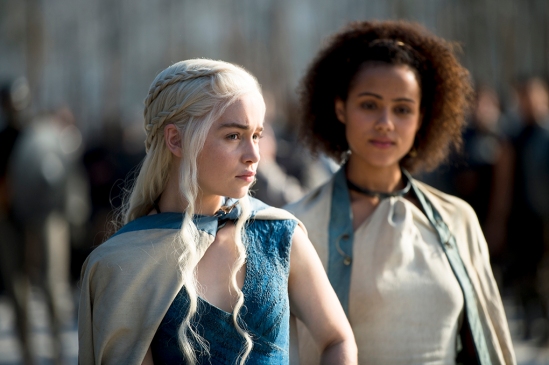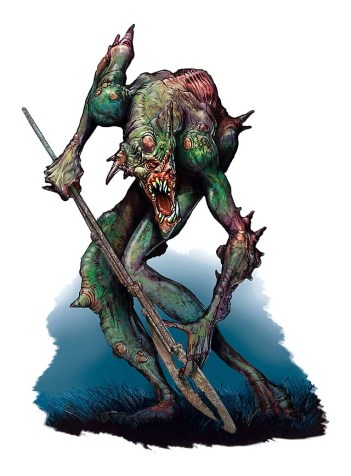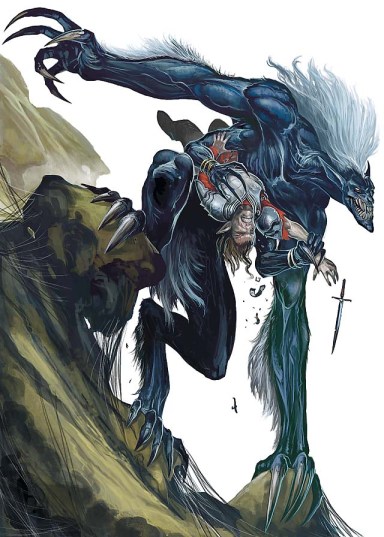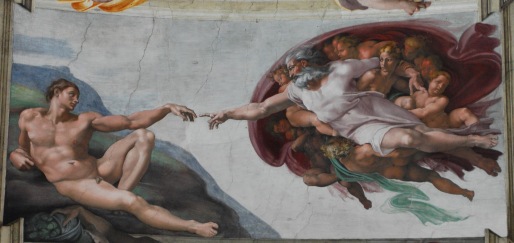I probably should have known that this weekend was going to be troublesome getting a post up because of holiday and all the preparation I had to help with in advance of our family gathering. Throw in a longer-than-normal Sunday at work and the third episode of Game of Thrones, and I felt lucky getting half of this written before today.
However, this week I wanted to overview the months of the Kalanesian calendar and the major holidays that occur in them. It seemed like a good idea for the Easter Holiday.
I’ve got half of the year line out below, and, Friday or Saturday, I’ll have the last six months.
High Winter aka Midnight’s Vigil
- Patron: Halath, the Watcher in Darkness
- Named for Halath’s watchful nature during the night.
- 31 days long, late December/early January corollary
- Long Watch: Originally started as a ritual of Halath’s clergy and paladins to stay up 48 on the winter solstice. Still, Halath’s followers hold their long watch as a ritual to cleanse their minds of egocentrism.
- Revess: A sacred day for the wild elves that also falls on day of and after the winter solstice. They believe the sun spirit dies at sunset, his dead body smoldering during twilight. Then, at dawn, he rises up a new child. The day of the solstice is a very somber affair, many elves putting on ritual mourning garments, but, at dawn, they spend the rest of the day hosting a boisterous feast.
Late Winter aka Smith’s Bellows
- Patron: Cador, the Flame of Genius
- Named for the smiths beginning to repair and forge new plows for farmers
- 30 days long, late January/early February corollary
- Rekindling: When all fires are extinguished and restarted on the first day of the month. Rekindling is a fairly simple custom, more than a holiday for most families, but churches dedicated to Cador after host elaborate ceremonies complete with poetry, songs and dedications of artwork. It is meant to signify a commitment to innovation rather than stagnation.
Early Spring aka Blade’s Edge
- Patron: The Parable of Blades
- Named for preparation for war made when weather permits it.
- 31 days long, later February/early March corollay
- Barrack’s Day: A soldiers’ celebration on the seventh day. Typically, this day, primarily for warriors, starts with a quick morning devotion to the nine holy swords before the rest of the day is spent drinking, feasting and … enjoying the other fruits of shore leave, either at the local brothels or with wives and mistresses.
- Melting Day: Celebrates the first day when snow melts enough for dwarves to come to the surface. After winter snows melt enough that dwarves can more easily use their mountain entrances and paths to access the surface races, they host a boisterous festival in the sun.
High Spring aka Mother’s Promise
- Patron: Ineria, the Good Godess
- Named for the fertile potential of woman
- 30 days long, late march/early April corollary
- The Ineritalia: A celebration of spring and renewal on the vernal equinox, the start of the Blue Empire’s new year. After the long winter and initial preparations for planting are over, clerics of Ineria host a week-long festival dedicated to the goddess of agriculture to bless the coming harvest. It features food, drink, actors, singers, poets, and any number of boisterous activity.
- Spirits’ Dance: A day of connection to the land among the primitive peoples who worship the Primal Spirits also falling on the vernal equinox. These peoples believe that the spirits of the land are most active on this day — particularly the beneficent spirits. Similar to the Ineritalia, feasts are held, and they put on masks of the spirits.
Late Spring aka Hooves’ Dust
- Patron: Nemerium, the Father of Pegasi
- Named for improved travel conditions
- 31 days long, late April/early May corollary
- Mucking Day: A holiday, on the ninth day, when the royal stables and others throughout the land are cleaned and all the barding and tack polished. Though associated with cleaning out the stables, this holiday is when the peasants lay out manure to dry for the winter and place some on fields as fertilizer.
- The Great Circus: Two days of races following up Mucking Day starting the next day. In an annual test of the breeding of horses and pegasi, this festival plays host two major races one for each mount. The traditional course generally takes place through the streets of Waystran, but, since the fall of the empire, similar races are held in each city, though the most prestigious still exists in the formal imperial capital.
Early Summer aka Coin’s Gleam
- Patron: The Church of Talent
- Named for the first profits made in the trading season by merchants
- 30 days long, late May/early June corollary
- Sarenthalash: An elven day marking their rebellion against the fey courts and the start of a month of fasting. Aside from a small meal, traditionally of dried meat and fruits in the evening, the elves abstain from eating as a memorial of their fight against the fey courts. Unlike most other elven celebrations, there is little levity in the ceremonies.
- The Caravanserai: A grandiose merchants fair held at each Church of Talent complex, starting on the eleventh day and running through the twentieth day. Typically, this is the most elaborate festival held in the former Blue Empire because of its extravagance and availability of goods. It is also when merchants show off new wares available and make numerous deals.
- Nikerielas: A feast breaking the Sarenthalas fast on the thirtieth day of the month. Elven communities gather for this solemn feast commemorating all of the lives, both elvar and eldarine, that were lost during the final battle when the elves stepped through the portal into the mortal world from the Fey Lands.






